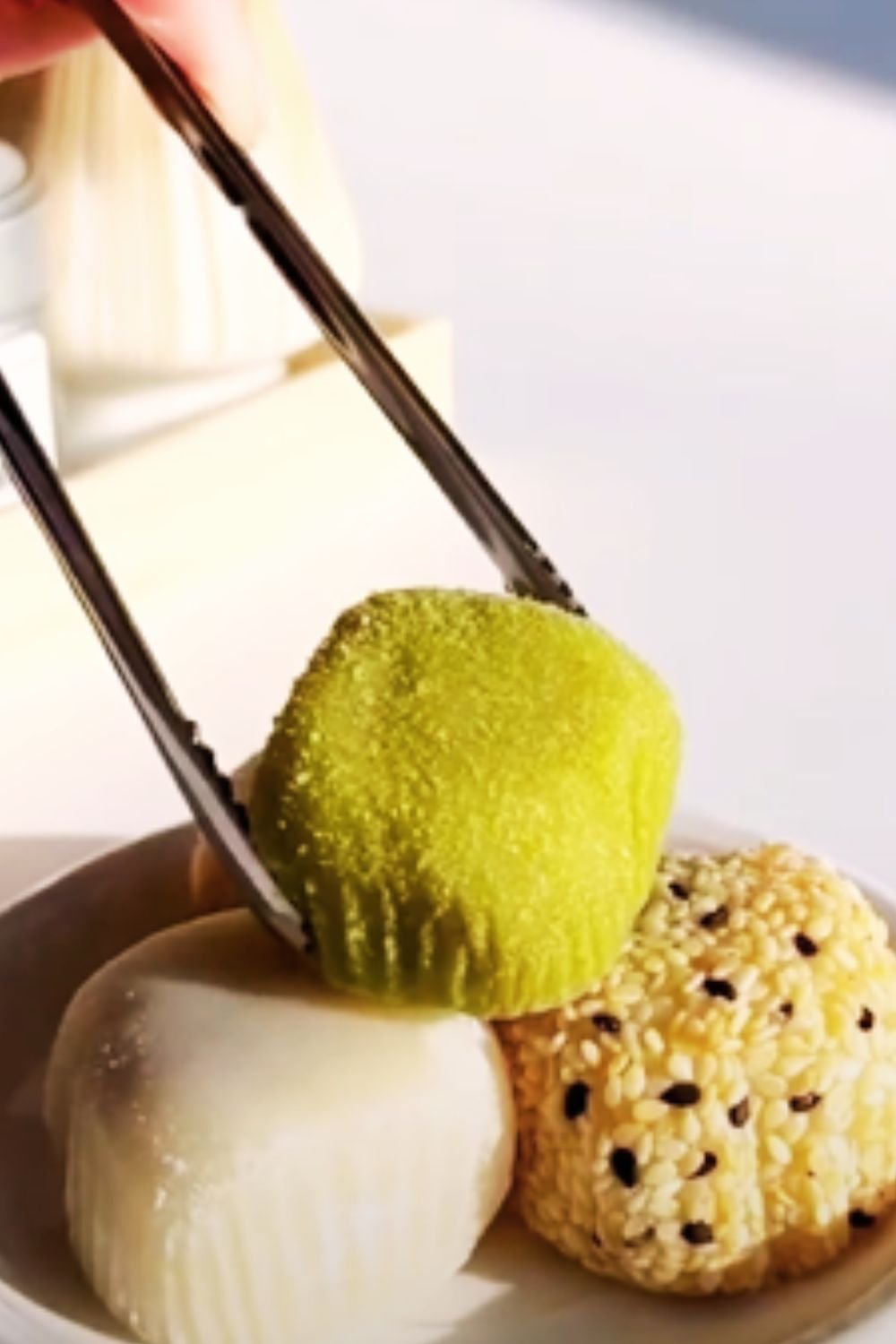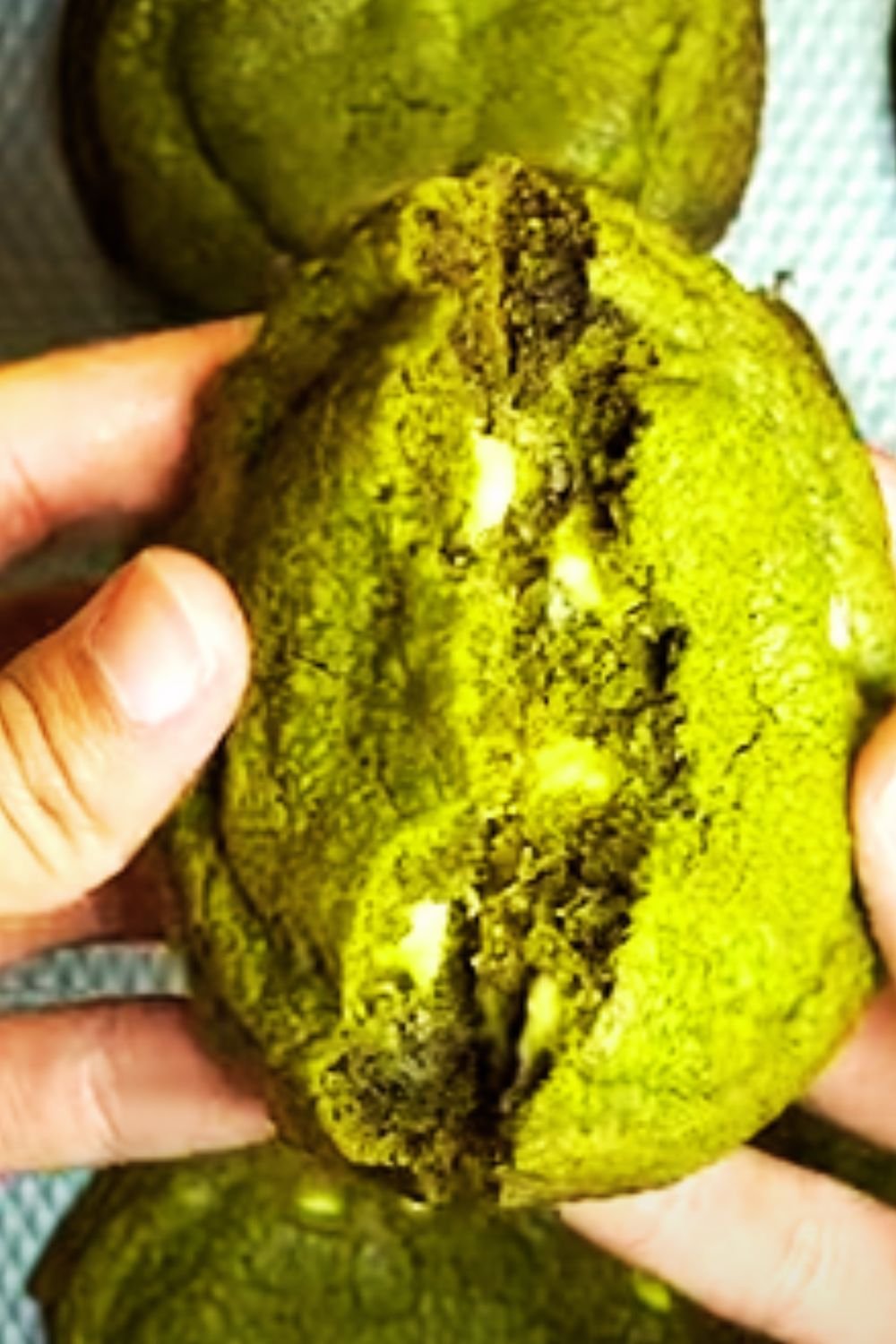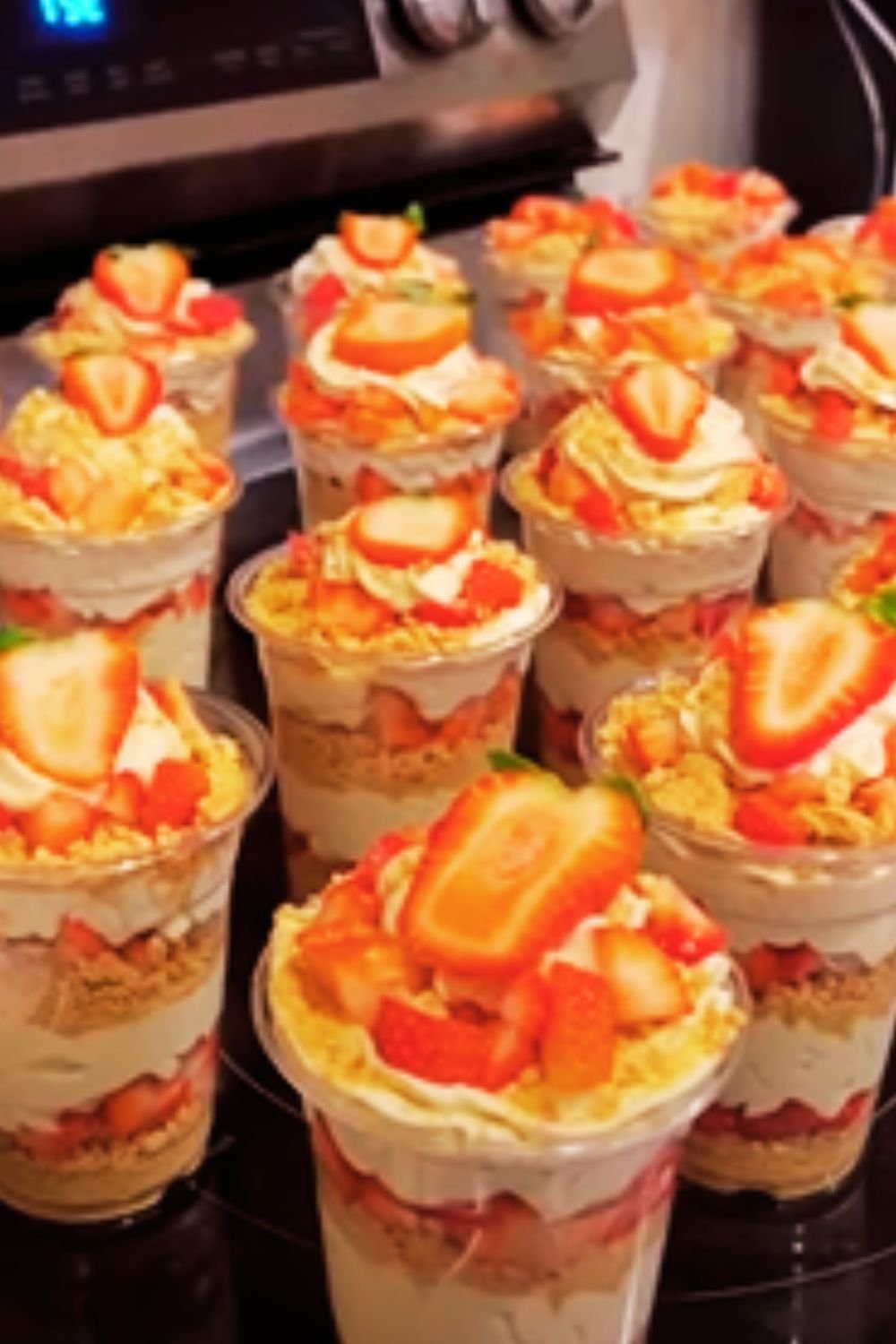There’s something magical about the moment when you bite into a perfectly baked crinkle cookie – that satisfying crack of the crispy exterior giving way to a soft, chewy center. Now, imagine that same beloved texture infused with the earthy, complex flavors of premium matcha green tea powder. I’ve spent countless hours perfecting my matcha crinkle cookie recipe, and I’m thrilled to share this fusion of American baking tradition with Japanese tea culture.
These vibrant emerald-green cookies represent more than just a trendy flavor combination. They embody the beautiful marriage of two distinct culinary worlds, creating something entirely new while honoring both traditions. The distinctive crackled appearance that gives crinkle cookies their name becomes even more striking when rendered in the gorgeous jade hue of matcha, making these cookies as visually stunning as they are delicious.
Understanding Matcha: The Heart of These Cookies
Matcha: Finely ground powder made from specially grown and processed green tea leaves, traditionally used in Japanese tea ceremonies and increasingly popular in modern baking and confections.
Ceremonial Grade Matcha: The highest quality matcha, stone-ground from the youngest tea leaves, offering the most refined flavor profile with minimal bitterness.
Culinary Grade Matcha: A more affordable option specifically designed for cooking and baking, with a stronger flavor that can stand up to other ingredients.
Umami: The fifth taste, characterized by a pleasant savory quality that matcha contributes to sweet applications, adding depth and complexity.
The quality of matcha you choose will dramatically impact your cookies’ final flavor. I always recommend investing in at least culinary-grade matcha for baking. The powder should be vibrant green – any yellowing or brown tones indicate age or lower quality that will result in bitter, lackluster cookies.
The Science Behind Perfect Crinkle Cookies
Creating the perfect crinkle effect requires understanding the science behind cookie dough behavior. The characteristic cracks form when the cookie’s surface sets quickly in the oven while the interior continues to expand. This creates tension that causes the powdered sugar coating to crack in beautiful, irregular patterns.
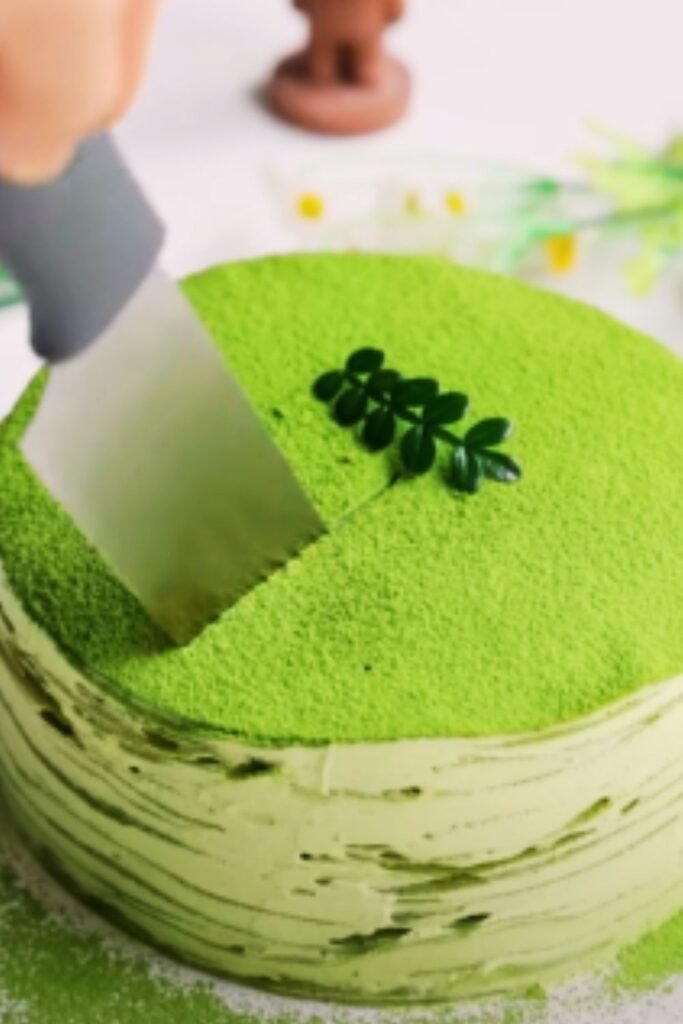
Leavening Balance: The combination of baking powder and the natural expansion of dough creates the necessary lift for proper crackling.
Sugar Dynamics: The interplay between granulated sugar (for structure) and powdered sugar (for coating) determines both texture and appearance.
Fat Content: Butter provides flavor and tenderness, while the specific ratio affects how much the cookies spread during baking.
Moisture Control: Proper hydration from eggs ensures the dough has enough moisture to create steam for expansion without making cookies too soft.
Essential Ingredients and Their Roles
| Ingredient | Quantity | Purpose | Substitution Notes |
|---|---|---|---|
| All-purpose flour | 2½ cups | Structure and stability | Can substitute up to ½ cup with cake flour for tenderness |
| Matcha powder | 3 tablespoons | Primary flavor and color | Use culinary grade; ceremonial grade works but is expensive |
| Baking powder | 2 teaspoons | Leavening for crinkle effect | Must be fresh (less than 6 months old) |
| Salt | ½ teaspoon | Flavor enhancer | Use fine sea salt or table salt |
| Unsalted butter | ½ cup | Fat for texture and flavor | Room temperature is crucial for proper creaming |
| Granulated sugar | 1 cup | Structure and sweetness | Do not substitute with brown sugar |
| Large eggs | 2 | Binding and moisture | Room temperature eggs incorporate better |
| Vanilla extract | 1 teaspoon | Complementary flavor | Pure vanilla recommended |
| Powdered sugar | ½ cup | Coating for crinkle effect | Sift before using to prevent lumps |
Step-by-Step Baking Process
Preparation Phase
I always begin by organizing my workspace and ingredients. This methodical approach ensures consistent results every time I bake these cookies.
• Preheat oven to 350°F (175°C) and line baking sheets with parchment paper • Sift together flour, matcha powder, baking powder, and salt in a medium bowl • Allow butter and eggs to reach room temperature (about 1 hour outside refrigerator) • Set up cooling racks and prepare a small bowl with powdered sugar for rolling
Mixing the Dough
The creaming process is crucial for achieving the proper texture. I cream the butter and sugar for a full 3-4 minutes until the mixture becomes light and fluffy. This incorporates air that contributes to the cookies’ tender texture.
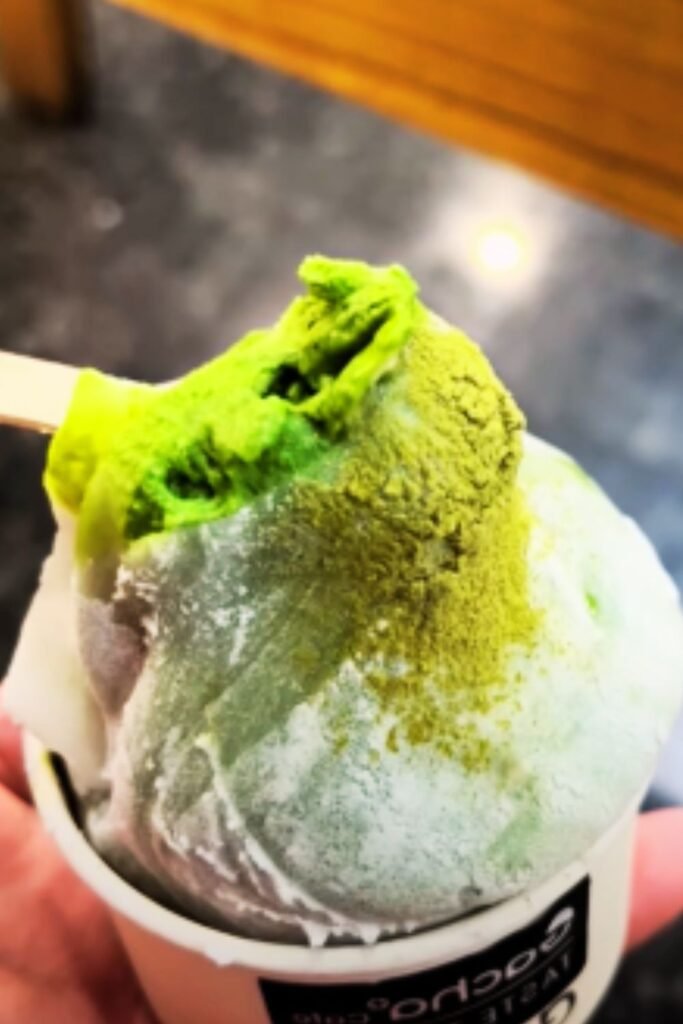
Creaming Stage: Beat butter and granulated sugar until pale and fluffy, scraping bowl sides frequently.
Egg Incorporation: Add eggs one at a time, beating well after each addition to prevent curdling.
Flavor Development: Mix in vanilla extract, ensuring even distribution throughout the dough.
Dry Ingredient Integration: Gradually add the flour-matcha mixture, mixing just until combined to avoid tough cookies.
Shaping and Coating
The rolling and coating process requires patience but creates the signature appearance. I roll the dough into uniform balls, approximately 1½ inches in diameter, then coat each ball generously in powdered sugar.
• Scoop dough into portions using a cookie scoop for consistency • Roll each portion between palms to form smooth balls • Roll each ball in powdered sugar, ensuring complete coverage • Place on prepared baking sheets, spacing 2 inches apart
Baking to Perfection
Timing is everything when baking crinkle cookies. I bake them for exactly 10-12 minutes, watching for the characteristic cracks to form while ensuring the centers remain soft.
The cookies are done when the edges are set but the centers still appear slightly underbaked. They’ll continue cooking on the hot pan after removal from the oven.
Nutritional Information and Dietary Considerations
| Nutrient | Per Cookie (makes 24) | % Daily Value |
|---|---|---|
| Calories | 145 | 7% |
| Total Fat | 4.2g | 6% |
| Saturated Fat | 2.5g | 13% |
| Cholesterol | 23mg | 8% |
| Sodium | 125mg | 5% |
| Total Carbohydrates | 26g | 9% |
| Dietary Fiber | 0.8g | 3% |
| Sugars | 18g | – |
| Protein | 2.1g | 4% |
| Caffeine | 8mg | – |
Antioxidant Content: Matcha provides catechins and EGCG, powerful antioxidants that offer health benefits beyond traditional cookies.
Natural Energy: The moderate caffeine content provides a gentle energy boost without the jitters associated with coffee.
Portion Control: The rich flavor of matcha means these cookies are naturally satisfying in smaller portions.
Troubleshooting Common Issues
Cookies Spread Too Much
Cause: Butter too warm, insufficient chilling, or oven temperature too low.
Solution: Chill dough for 30 minutes before baking, ensure butter is just room temperature (not melted), and verify oven temperature with thermometer.
Insufficient Cracking
Cause: Not enough powdered sugar coating, overbaked exterior, or stale baking powder.
Solution: Roll cookies generously in powdered sugar, reduce baking time slightly, and replace baking powder every 6 months.
Bitter Flavor
Cause: Low-quality or old matcha powder, or excessive amount used.
Solution: Invest in fresh culinary-grade matcha and measure accurately – more isn’t always better with matcha.
Pale Green Color
Cause: Insufficient matcha or poor-quality powder.
Solution: Use vibrant, fresh matcha powder and don’t be afraid to add an extra tablespoon if needed for desired color intensity.
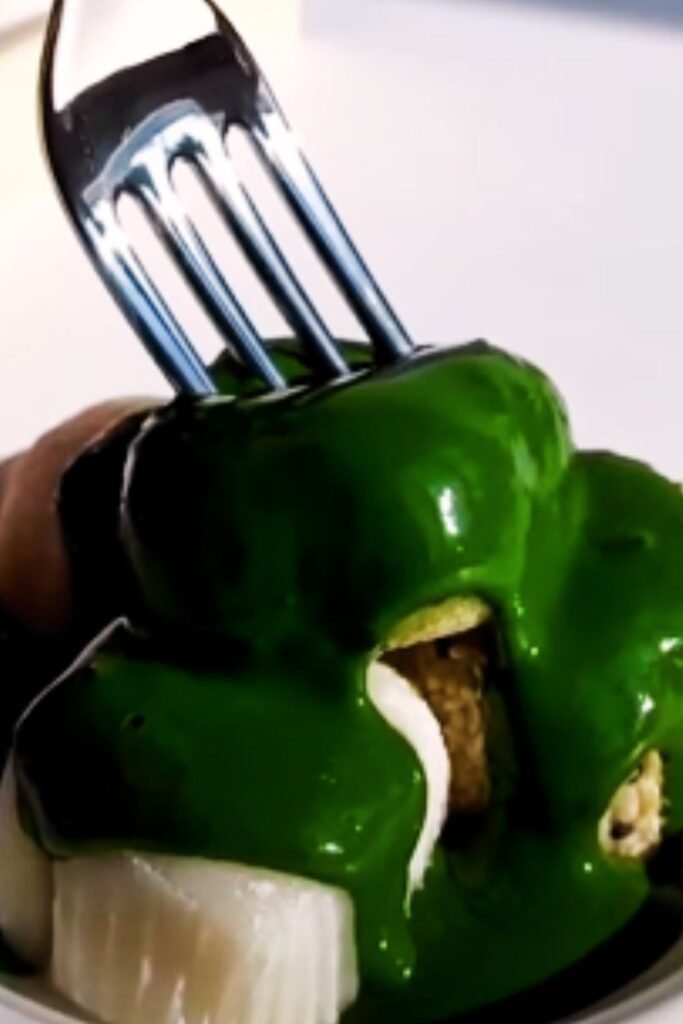
Storage and Serving Suggestions
These cookies maintain their texture beautifully when stored properly. I keep them in an airtight container at room temperature for up to one week, or freeze for up to three months.
Optimal Serving Temperature: Room temperature allows the full matcha flavor to shine through.
Pairing Suggestions: These cookies complement hot tea beautifully – try them with jasmine green tea, Earl Grey, or even a rich black tea like Assam.
Special Occasions: Their vibrant color makes them perfect for spring celebrations, tea parties, or as unique gifts for tea enthusiasts.
Presentation Ideas: Dust with additional powdered sugar just before serving, or arrange on a beautiful platter with fresh mint leaves for an elegant touch.
Variations and Adaptations
White Chocolate Matcha Crinkles
Add ½ cup white chocolate chips to the dough for extra sweetness that complements the matcha’s earthiness. The chips create delightful pockets of creamy sweetness throughout each cookie.
Matcha Almond Crinkles
Substitute ¼ teaspoon almond extract for half the vanilla and add ¼ cup finely chopped toasted almonds. This variation adds textural interest and a nutty complement to the matcha.
Vegan Matcha Crinkles
Replace butter with vegan butter substitute and eggs with flax eggs (2 tablespoons ground flaxseed mixed with 6 tablespoons water, rested for 15 minutes). The texture will be slightly different but equally delicious.
Gluten-Free Option
Substitute the all-purpose flour with a 1:1 gluten-free baking flour blend. Add an extra ¼ teaspoon xanthan gum if your blend doesn’t include it.
The Cultural Significance of Matcha in Modern Baking
Incorporating matcha into Western-style cookies represents more than just a trendy flavor addition. It reflects our increasingly global culinary landscape, where traditional boundaries between cuisines continue to blur in exciting ways.
Matcha has been central to Japanese culture for over 800 years, originally brought to Japan by Buddhist monks who valued its meditative properties. Today, we see this revered ingredient finding new expression in cookies, cakes, and confections around the world.
When I first started experimenting with matcha in baking, I was struck by how its complex flavor profile – simultaneously earthy, sweet, and slightly bitter – could transform familiar recipes into something entirely new. These crinkle cookies embody that transformation, maintaining the beloved characteristics of the original while introducing flavors that speak to contemporary palates.
Advanced Techniques for the Ambitious Baker
Temperature Control Mastery
I’ve discovered that precise temperature control at every stage dramatically improves results. The butter should be exactly 68-70°F for optimal creaming. Eggs perform best at 70-72°F. Even the flour benefits from being at room temperature rather than cold from the pantry.
Matcha Activation
For intensely flavored cookies, I sometimes “activate” the matcha by whisking it with a tablespoon of hot (not boiling) water to form a paste before incorporating it into the butter mixture. This technique releases more flavor compounds and creates a more vibrant color.
Humidity Considerations
On particularly humid days, I add an extra tablespoon of flour to compensate for moisture absorption. Conversely, in very dry conditions, I might add a teaspoon of milk to maintain proper dough consistency.
Questions and Answers
Q: Can I make these cookies ahead of time for a party?
I absolutely recommend making these cookies ahead of time! They actually improve in flavor after 24 hours as the matcha has time to fully integrate with the other ingredients. Store them in an airtight container, and they’ll maintain their perfect texture for up to a week. For longer storage, freeze the baked cookies for up to three months – just thaw them at room temperature before serving.
Q: Why do my cookies turn out more brown than green?
The most common cause is using old or low-quality matcha powder. Fresh, vibrant matcha should be a brilliant jade green. If your matcha has any yellow or brown tones, it will produce dull-colored cookies. Additionally, overbaking can cause the green color to fade, so watch your timing carefully and remove the cookies when they’re just set.
Q: Can I reduce the sugar content without affecting the crinkle effect?
The sugar plays multiple crucial roles in these cookies – it provides structure, aids in the crinkle formation, and balances the matcha’s natural bitterness. I don’t recommend reducing the granulated sugar by more than 2 tablespoons, as this could affect both texture and appearance. If you’re concerned about sweetness, focus on using high-quality matcha, which tends to be less bitter than lower grades.
Q: What’s the difference between ceremonial and culinary grade matcha for baking?
Ceremonial grade matcha is the highest quality, with a delicate flavor perfect for traditional tea preparation. However, it’s quite expensive and its subtle nuances can be lost in baking. Culinary grade matcha is specifically designed for cooking and baking – it has a stronger, more robust flavor that stands up well to other ingredients and costs significantly less. For these cookies, culinary grade is actually preferable.
Q: My cookies didn’t crack as much as expected. What went wrong?
Several factors can affect cracking. The most common issues are insufficient powdered sugar coating (be generous!), dough that’s too warm when it goes into the oven (chill for 30 minutes if needed), or baking powder that’s lost its potency. Also, make sure your oven temperature is accurate – too high heat can set the surface before proper expansion occurs.
Q: Can I freeze the cookie dough instead of baking it all at once?
Absolutely! This dough freezes beautifully. Roll the dough into balls, coat with powdered sugar, and freeze on a baking sheet. Once solid, transfer to freezer bags. You can bake them directly from frozen – just add 1-2 extra minutes to the baking time. This is perfect for having fresh cookies whenever you want them.
Q: How can I tell when the cookies are perfectly done?
Look for cookies that have developed good cracks across the surface but still appear slightly underbaked in the centers. The edges should be set but not hard. They’ll continue cooking on the hot pan after removal from the oven. If you wait until they look completely done in the oven, they’ll likely be overbaked once they cool.
Q: What other flavors pair well with matcha in cookies?
Matcha has wonderful affinity for white chocolate, vanilla, almond, coconut, and citrus flavors like lemon or yuzu. Black sesame is a traditional Japanese pairing that works beautifully in cookies. Even unexpected combinations like matcha and strawberry or matcha and caramel can be delicious. Start with small amounts of additional flavors to avoid overwhelming the delicate matcha taste.
These matcha crinkle cookies represent everything I love about modern baking – they honor traditional techniques while embracing global flavors, creating something both familiar and exciting. The process of making them has become almost meditative for me, from the careful measuring of that precious green powder to watching the magical transformation as they crack and expand in the oven.
Every batch teaches me something new about the interplay between ingredients, technique, and patience. I hope this recipe brings you the same joy it has brought me, and that these beautiful green cookies find their way into your regular baking rotation. There’s truly nothing quite like the satisfaction of pulling a perfect batch from the oven, their emerald surfaces beautifully crackled with powdered sugar, ready to share with friends and family who are about to experience their first taste of this East-meets-West culinary adventure.
